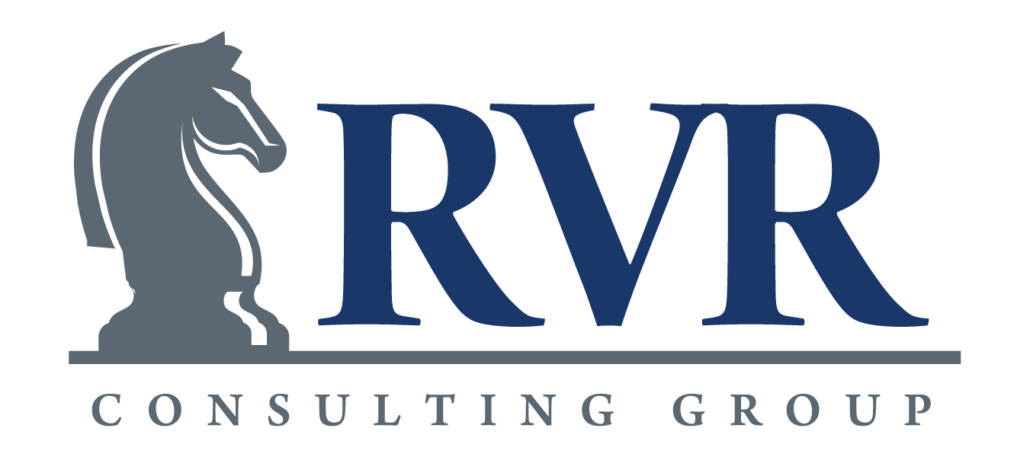Small Business Guide: Planning Your Path Back from COVID-19
Part 2: Returning to Profitability
This is the second of a two-part series on priority steps for small and medium-sized businesses to successfully emerge from COVID-19 shutdowns.
Moving from “Short-Term Survival” to “Long-Term Growth”
The sudden onset of the COVID-19 pandemic has forced many small businesses to hurriedly cut discretionary expenditures, reduce labor, and take measures to more aggressively manage cash. While these efforts may have been required to prevent the business from collapsing, many businesses are now struggling to develop a viable strategy to get their businesses back to financial health and growth.
For many, the window of time we are in will define the future health of their businesses and begin delineating companies that will be thriving in two to three years from those that will not. Effectively emerging from this deep “revenue trough” will require a level of strategic planning many smaller businesses have avoided so far. Resetting growth strategy at this stage – and making what may be very tough calls – will be the best offensive strategy to accelerate the speed and strength of their recovery.
Many research studies have quantified the high correlation between making plans and achieving goals. While that may sound obvious, the lack of an effective strategic plan is a primary cause of business failures, as issues are often masked by the momentum of a growing economy.
Whether your goals are to simply stay afloat, return to pre-COVID-19 levels, or to transform your business (e.g. optimize your product offerings, initiate merger and acquisition activities, restructure or reorganize work, teams and processes, re-organization, etc.), this will likely be the best opportunity you will have to rethink your risk profile to take advantage of an unprecedented and likely short window of opportunity to drive both needed and opportunistic change.
As you develop (or adjust) your strategic plan and determine the paths for growth, it is helpful to think about the impacts of COVID-19 three different ways:
Be Realistic About Pre-Existing Factors Which Were Compounded By vs. Caused By COVID-19.
According to data released by the Federal Reserve last month, 65% of small businesses were struggling with funding shortfalls and financial challenges before the pandemic hit.
An honest assessment of all of the pain points in your business (not simply those driven by COVID-19) will be critical to helping you identify and prioritize cuts, changes (including decisions to exit), or investments that will provide the greatest chances for longer-term success.
Do’s and Don’ts When Evaluating Pre-Existing Factors
DO: Gain a firm grasp for what aspects of your business are/were draining cash and/or causing you to miss revenue forecasts before the impacts of the pandemic kicked in.
DON’T: Accumulate more debt or turn to personal funds only to address symptoms vs. identifying the true cause of your business issues.
Identify the Factors Unique to the Shutdowns that Will Most Quickly Subside as the Economy Reopens.
The need here will be to separate which pandemic-driven behaviors are temporary, and which are indicators for what the new normal will be. Then consider how these factors impact both short- and long-term costs and revenues. Short-term cash flow depends on customer demand and the ability to deliver it as the world emerges from shutdown. A business’ long-term viability depends on understanding how customer needs will be different when the pandemic is over.
Do’s and Don’ts When Identifying Shutdown Factors
DO: Plan scenarios based on varying product or service demands 12 – 36 months post lifting of restrictions by answering:
In what ways could demand for your product/service change?
-
- Return and potential growth?
- Return at a lower level?
- Maintain new higher/lower levels?
How will costs change?
-
- Protect yourself from extending financial stress by monitoring direct cost escalations and their impact on margins.
Which resource allocations, including cuts and investments, will enable you to best leverage the impact of these changes?
DON’T: Make knee-jerk decisions based on what you experienced in April and what you will continue to experience in May and June. Resist the strong and natural desire to act without considering its longer-term consequences.
- Research has shown that people are more likely to make mistakes when they are cash strapped and primed to think about financial stressors — a state that describes a lot of people right now.
Identify the Factors Driven by Lasting Changes to the Economy, Competitors, and Customer Behaviors.
Like past crises, COVID-19 will reveal new ways to capture market share. It can come from changes in people’s attitudes and behaviors, to new channels that emerge, or because there are distressed assets now available that can help you deliver on your strategic plan.
Do’s and Don’ts When Identifying Lasting Changes to the Economy
DO: Determine what factors will guide your strategic planning. Some to consider include:
- The impact of public health factors such as desire to travel, social distancing, testing availability, and vaccines and expectations on their timing/duration.
- The impact of government mandates on your business and customer.
- The impact of financial factors that will affect customer buying patterns, government interventions, and access to funding.
- The impact on demand for your current product/service – what new needs are emerging and what needs are less important? How well are others meeting these needs?
The Consumer Confidence Index (CCI), which is based on both the macroeconomic factors (fears about recession, safety/terrorism, public health, etc.) and microeconomic factors (concerns over personal finances, job security, etc.) that influence how customers will behave and spend should also be included as a guide.
DON’T: Wait until the crisis is over or the economy has rebounded to act. The best strategic fits and financial deals will be gone by the time your plan is implemented.
While your plan going forward will require an investment in time and/or resources, it does not have to be complex. Even though no one has all the answers, what is clear is that “muddling through” is not one of them. Now is the time to make that investment and the potential for a high ROI has never been greater.
By Jim Alessandro, Senior Consultant
RVR is helping numerous clients through the COVID-19 crisis. Please contact us if you are interested in discussing further.



